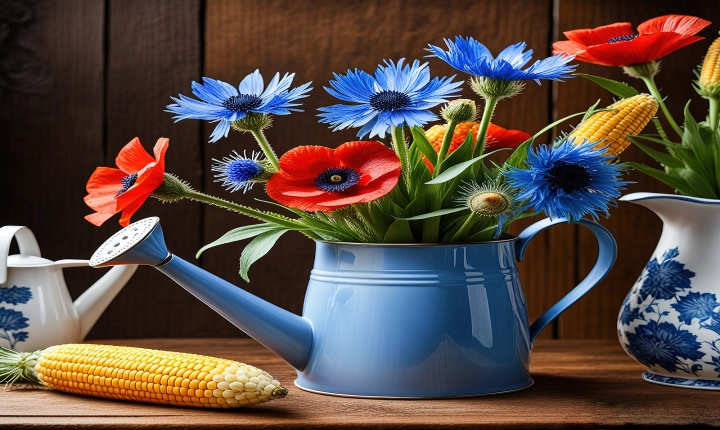Title: Exploring the Best AI-Generated Art: A Look Into the World of Creative Machines
Artificial intelligence has permeated numerous aspects of our lives, from driving cars to recommending movies, and now it has entered the realm of art. AI-generated art, produced by algorithms and machine learning, has been gaining traction in the art world, eliciting both awe and skepticism. As we delve into the landscape of AI-generated art, we uncover the best works and the impact they have on the future of creativity.
One of the most impressive examples of AI-generated art is the work produced by the Generative Adversarial Network (GAN) model. By pitting two neural networks against each other, GAN produces strikingly realistic and visually captivating art. Pieces such as “Portrait of Edmond de Belamy” by the French collective Obvious, which sold for a significant sum at auction, highlight the growing influence of AI in the art market.
Furthermore, the application of AI in creating abstract and surreal art has pushed the boundaries of traditional artistic expression. Artists and researchers are utilizing techniques like style transfer, where AI algorithms adapt the visual style of one image to another, resulting in mesmerizing and thought-provoking artworks.
In addition to visual art, AI-generated music has also captured the imagination of many. Through the use of deep learning algorithms, AI has been used to compose original music and even replicate the styles of renowned composers. It raises questions about the nature of creativity and the role of human composers in an increasingly automated world.
However, the rise of AI-generated art has evoked apprehension among some traditional artists and critics. There is skepticism surrounding the authenticity and emotional depth of AI-created works, with concerns that they lack the humanity and soul that are associated with traditional artistic creation. The debate over whether AI can replicate the creative process and emotional resonance of human artistry remains unresolved.
Despite the uncertainties and reservations, AI-generated art has opened up new possibilities for creative exploration. The fusion of human ingenuity with machine intelligence has the potential to catalyze unprecedented artistic innovation and redefine the boundaries of what constitutes art.
As we move forward, it is essential to embrace the intersection of technology and creativity, acknowledging the potential for AI to augment, rather than replace, human artistic endeavors. The best AI-generated art not only captivates the eye but also challenges our preconceptions of art, inviting us to contemplate the evolving nature of creativity in the digital age.
In conclusion, the emergence of AI-generated art has ignited a captivating and contentious dialogue within the art world. The best AI-generated art pushes the limits of visual and auditory expression, blurring the lines between human and machine creation. What remains certain is that the impact of AI on art will continue to inspire, challenge, and reshape the landscape of creativity for years to come.
